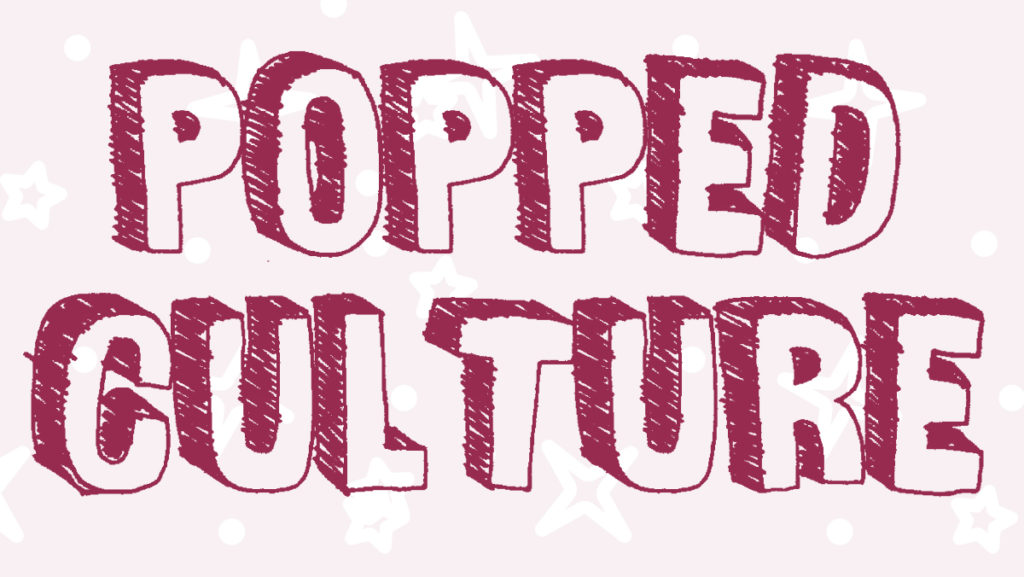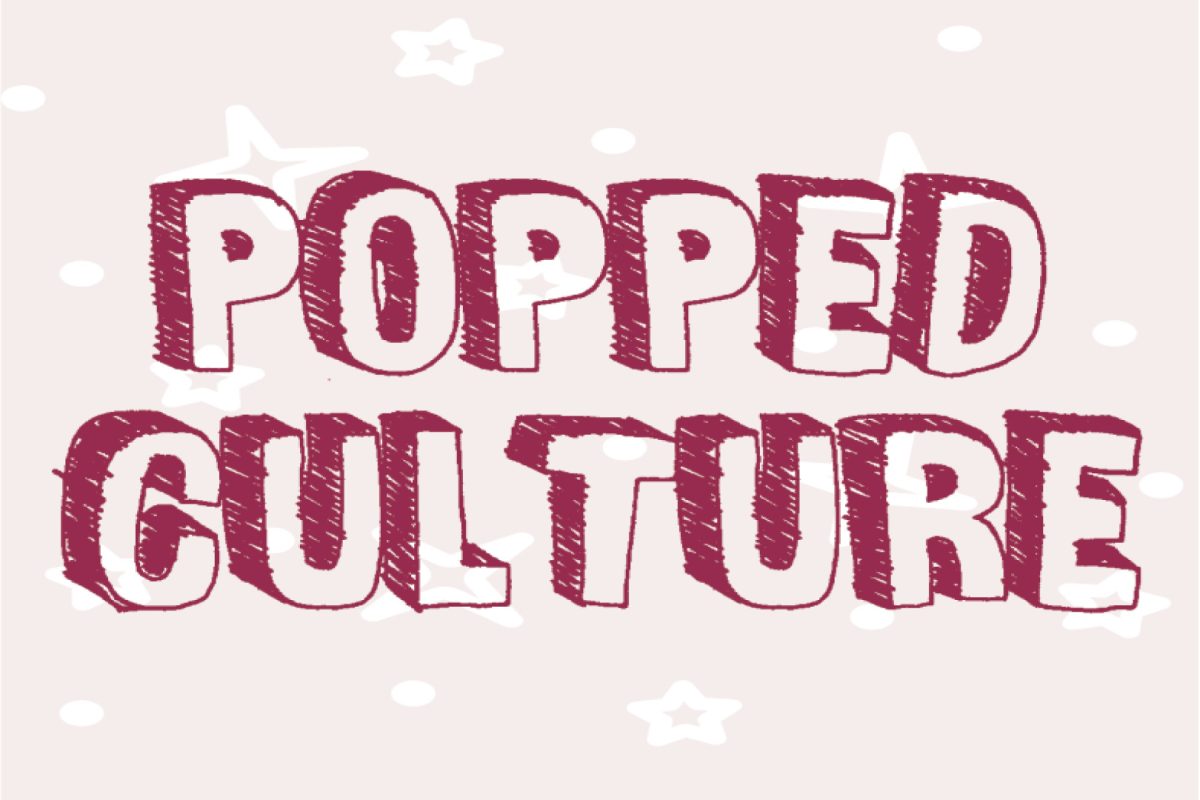Horror is a genre that might seem targeted toward adults; it thrives off disturbing imagery, excessive gore and sudden scares. And kids eat it up. There is an endless supply of kid-targeted horror, including books like “Goosebumps” and “Scary Stories to Tell in the Dark” or video games like the “Five Nights at Freddy’s” series. I can guarantee that most children of the 2000s can name a cartoon or two that horrified them. When asked about these examples, most people will recall them fondly despite having the living daylights scared out of them. But why?
With a quick Google search, you could find many parent forums and question-and-answer websites where people ask the same thing: “Why does my kid like creepy things?” From there, the answers are as varied as they are plentiful. On one Quora forum I found, people talked about their own experiences with horror. User Taylor Metzler described her obsession with horror author Stephen King as a child. User Melia Janssen said she was traumatized by a horror movie at age six but became a fanatic of the genre later in life. Along with the experiences that people have had with horror, another trend among responses is how horror allows children to experience unfamiliar aspects of the world in a controlled environment. User Matthew Hartman writes, “Children this age have a ton of curiosity and you definitely don’t want to squash that unless [it’s] harming them and others in a significant way.”
Children lead confusing lives. They don’t know about the full extent of the joys or terrors of the world around them because they are only beginning to develop as people; if they don’t even know who they are as individuals, then it is impossible for them to find a place in the world. So, they turn to escapism, particularly with horror, which allows them to deal with things that they cannot understand. Lindsay Knight of Random House Australia wrote, “Scary stories play an important role in children’s emotional education, allowing them to identify and control their darker feelings.”
Let’s take a look at Neil Gaiman’s classic novel “Coraline,” published in 2002. Although it also has an arguably more famous animated adaptation, the book itself is absolutely noteworthy. Similar to the movie, the titular protagonist, Coraline Jones, moves into a new house with her workaholic parents and discovers a door that leads to a brick wall. One day, she opens it again, this time discovering a corridor. She soon finds herself in a vibrant world with copies of her mother and father with buttons for eyes, referred to as her “Other Mother” and “Other Father.” Coraline enjoys the attention she receives in this other world, but when her Other Mother tells her that she must sew buttons in her eyes to stay there permanently, she books it back to her home. However, her parents are gone — kidnapped by the Other Mother. After a series of challenges and terrifying events, she defeats the Other Mother and saves her parents. It’s a happy ending — in a creepy sort of way.
“Coraline” tackles many horrific concepts, most notably the idea of sewing buttons into the character’s eyes, but the terror is a vessel to express a key message to children: the importance of bravery. Despite the obstacles she faces, Coraline overcomes them and succeeds in her battle against evil. Her journey teaches children to be brave and to always have faith in themselves, regardless of how tough something might seem. In the book, Gaiman writes, “Being brave doesn’t mean you aren’t scared. Being brave means you are scared, really scared, badly scared, and you do the right thing anyway.” Children can apply the lessons learned from “Coraline” to other common experiences in their life: a school bully, a divorce or a death in the family. Regardless of how tough these situations might seem, children learn that they can get through them by being brave, and horror lets them engage with these conflicts in a safe and controlled environment. As “Goosebumps” author R.L. Stine said, “Kids love to be scared, but not too scared. You can laugh at the fear, walk through the fear, [then] put the book down.”
My brother showed me “Alien” and “Ju-On: The Grudge” when I was in elementary school. I started reading Stephen King books when I was in middle school. They scared me like crazy, but they allowed me to work through fears and anxiety that I couldn’t express as a child. Children should be allowed to be scared just as much as they should be allowed to be happy or sad. In the end, no matter what some people might think, horror can be for kids too.





